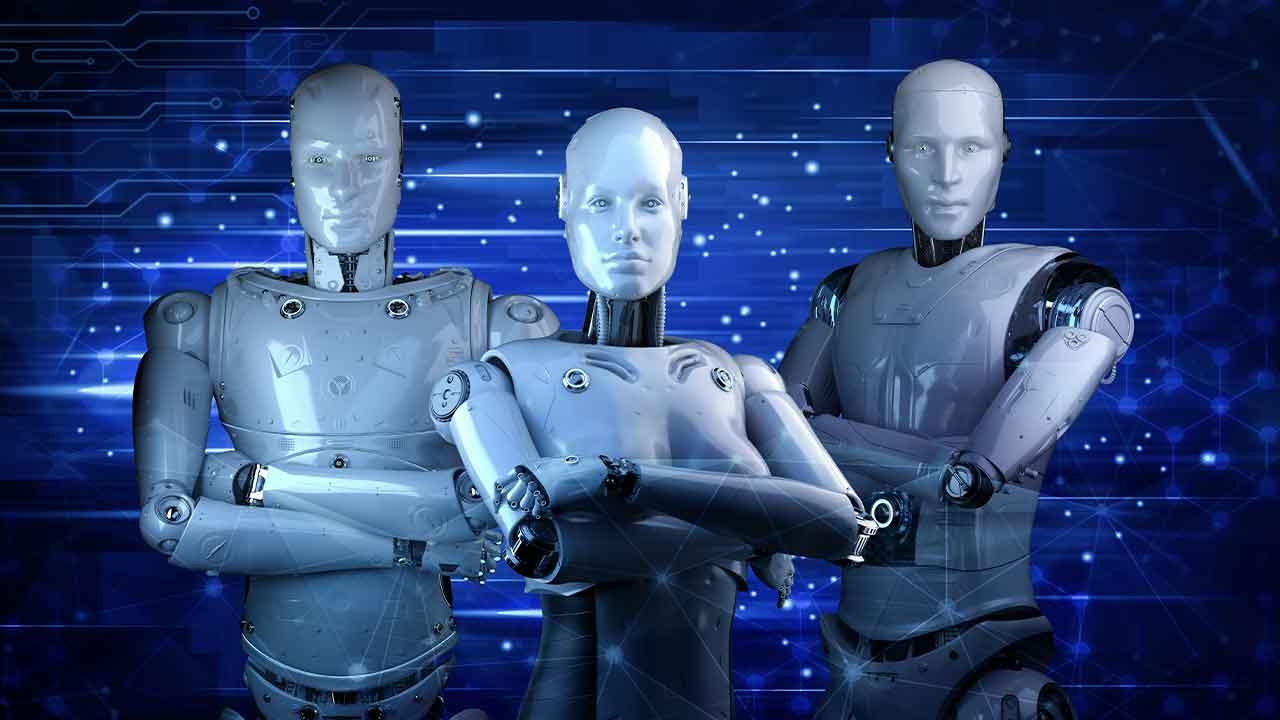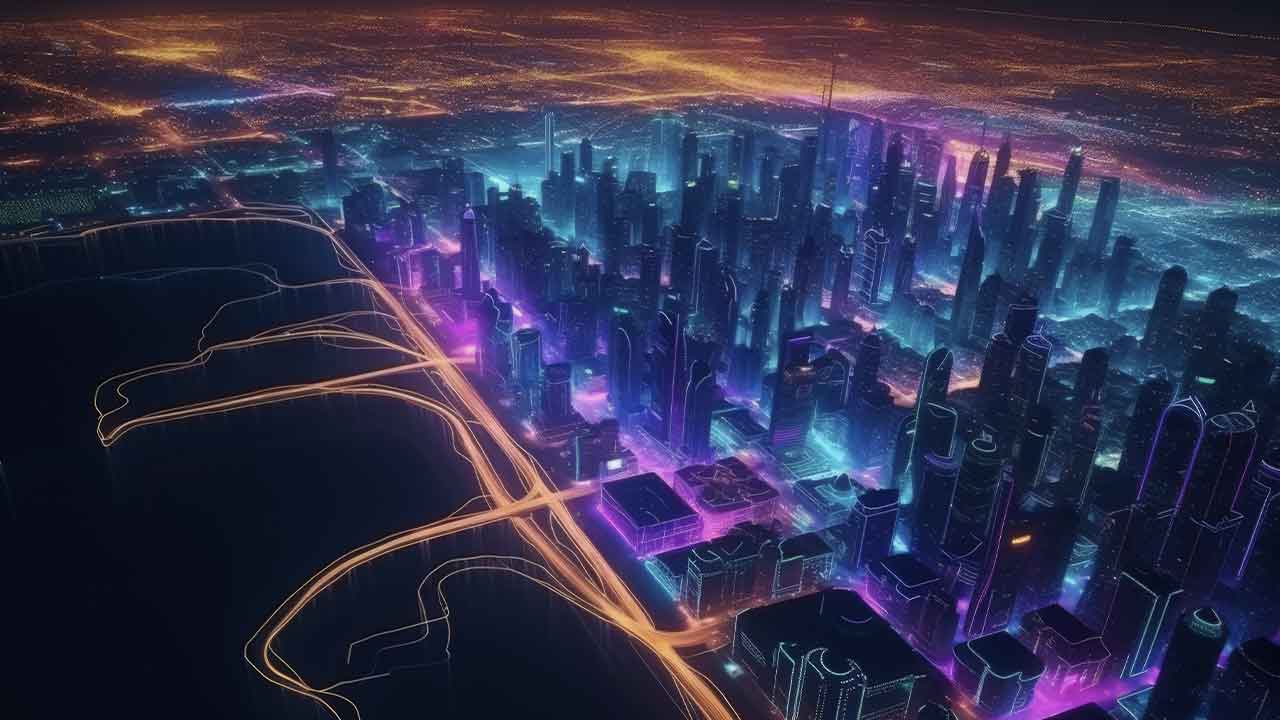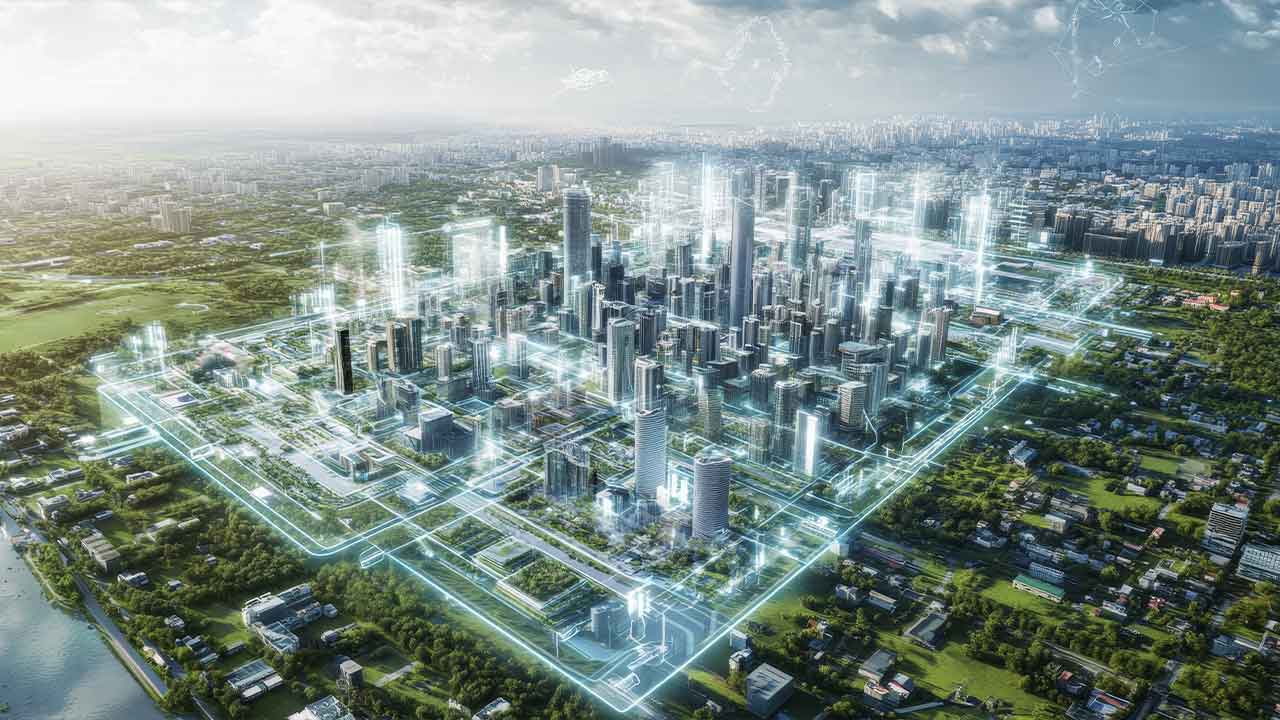Artificial Intelligence And Recycling
Recycling today is a joke. Many municipal rubbish collectors just dump recycled waste in the landfill with everything else. Furthermore, because recycling is unpleasant and expensive, many first world countries ship their waste to 3rd world countries, pay them to process it, and then walk away with a clear conscience knowing it’s now someone else’s problem. Not only does shipping waste across the world emit CO2, but many of the countries that are paid to accept our waste for “recycling”, are even less capable of dealing with it than we are. The result is that “recycling” plastic may actually pollute the ocean more than just landfilling it.
My own town has bins with two holes, one marked “litter”, and one marked “recycling”, which both feed into the same bag!!!
Cynically put, perhaps the main reason we are required to sort and recycle our litter is so local governments can raise money through fines.
Thankfully, artificial intelligence could dramatically improve this woeful situation.
The task of recycling involves taking an object an owner no longer wants, and finding the path of minimum energy and waste to use that same object to satisfy someone else’s needs or desires in a manner that maximally offsets the energy consumption or waste the recipient would have expended pursuing their desire through other means.
This minimum energy/minimum waste pathway could involve reusing the object without modification, repairing the object, modifying/upgrading the object or disassembling the object into component materials and reassembling those materials into a different object.
Performing this task well is an incredibly information intensive process. It requires knowing:
- What the total population of consumers want
- Which objects are available on the second hand market, along with their state of repair, (the latter increases the required level of knowledge by many orders of magnitude)
- The energy and waste involved in repair/upgrade/sanitization/full material recycling as well as transport for each possible disposer-to-consumer transfer operation
- The alternative paths that a consumer would explore in the absence of receiving the recycled product.
If the cost of the process is economical then the disposer becomes a seller and receives a payment by the receiver. If the cost of the transfer process is not economical moneywise, but still saves waste and energy, it might still be worth the government’s while to subsidize the difference between the cost of the transfer process, and the price the receiver is willing to pay, provided the cost of the damage to the commons avoided exceeds the subsidy.
Today, the internet and AI have greatly increased the scale of the second hand market with sites like Craigslist and eBay. And, in general, the internet can facilitate collaborative consumption which whether through car sharing or clothes swapping enables more people to obtain greater benefits from the same resources. Too Good To Go is an example of an app that enables restaurants to cut food waste by offering discount deals to people who collect meals just before closing time. This helps restaurants to manage their inventory better and reduce waste while and consumers who are flexible get high quality discount meals.
Advances in robotics could take all this to the next level. Not just increasing the efficiency of use and reuse, but also the efficiency of repair and recycling.
A big problem with mass production is that it lowers the relative cost of building something from scratch when compared to repairing it. Repair requires creativity and improvisation – both anathemas to mass production and economies of scale, which generally rely on doing the exact same thing over and over again. The result of these economies has been waste on an unparalleled scale. When something goes wrong with our widget, we almost always trash it and buy another widget.
Fortunately, the logic of economies of scale may be coming to an end. In a previous article I’ve argued that the rational for economies of scale and specialization rests upon the high cost of intelligence and information and that, as intelligence and information become cheaper, increasingly generalized functionality will also become cheaper. A 3D printer being a good example of something that can print a wide variety of general shapes if input with the right software.
But in general, highly intelligent robotic repair systems, disassembly systems and sorting systems will become increasingly economic as artificial intelligence is further developed. Larger suppliers and customers keep everything simple, but, with ever cheaper information storage and processing systems, we won’t need to keep things simple and mind-bogglingly complex logistical operations that are information intensive, but energy and materially efficient, will be accessible to the flexible manufacturing systems and 3D printing systems of the future. It will be possible, in the future, to order a product from a software procuring system and then for that system to simultaneously scan:
- The second hand market
- Similar products that could be upgraded and modified into the product in question
- The price of raw materials and components required to manufacture the product from a nearby flexible manufacturing system or 3D printer.
Similarly, from the seller’s perspective, the second hand market will also be more sophisticated and the value of an object will be some mixture of:
- The sale of the full object
- The sale of its component parts
- The sale of materials once ground down and separated
Intelligent and dextrous robots, which can cheaply prize an object apart and separate out key components and materials, will make all the difference. While commodity prices will still be global, with extensive recycling of goods that are thrown away, much of the commodities will be sourced locally. In addition to disassembly robots, there could be miniature robot trucks, perhaps the size of children’s ride-on toys, that could transport small quantities of components and materials to 3D printing and other flexible manufacturing systems. This could drastically shorten supply chains and facilitate highly sophisticated local economies, even in rural locations.
In many respects, the industrial revolution can be thought of as creating a kind of “techno-system” to partially replace our existing ecosystem. The advantage of the techno-system is that it creates conditions more suited to a low human mortality rate, as well as raising the planet’s carrying capacity for people. The disadvantage of the “techno-system” is it’s currently far less intelligent or stable compared to our ecosystem and, lacking much of its subtlety, still contains many open cycle processes where the system relies on converting A to B without possessing any corresponding process for converting B back to A again and either, if A runs out, the system crashes or, if B’s concentration climbs too high, the system gets poisoned.
If civilization is to be anything more than a brief flash in the pan, we are going to have to meticulously close every single open cycle process in our techno-system. This is an incredibly complex task. However, we will soon have an incredibly large amount of information processing resources available to work out how to do it.
Let’s hope we’re successful.
Further reading: Is artificial intelligence good or bad?
This article was written by John McCone and originally it was published here. John grew up in Ireland. He graduated at experimental Physics at trinity and went on to measure vortex flow and carbon impurity in fusion plasmas at CCFE in Oxfordshire. He then worked as principle spectroscopist at General Fusion, a technology company developing a magnetized target fusion reactor.
A man of many interests, John dabbled in politics and was senator of Europe United, a fellow of the prestigious Cambridge-based E3 foundation and has served on the board of Village Vancouver, a Transition Initiative aimed at building local resilient economies and self-reliant, caring communities.



